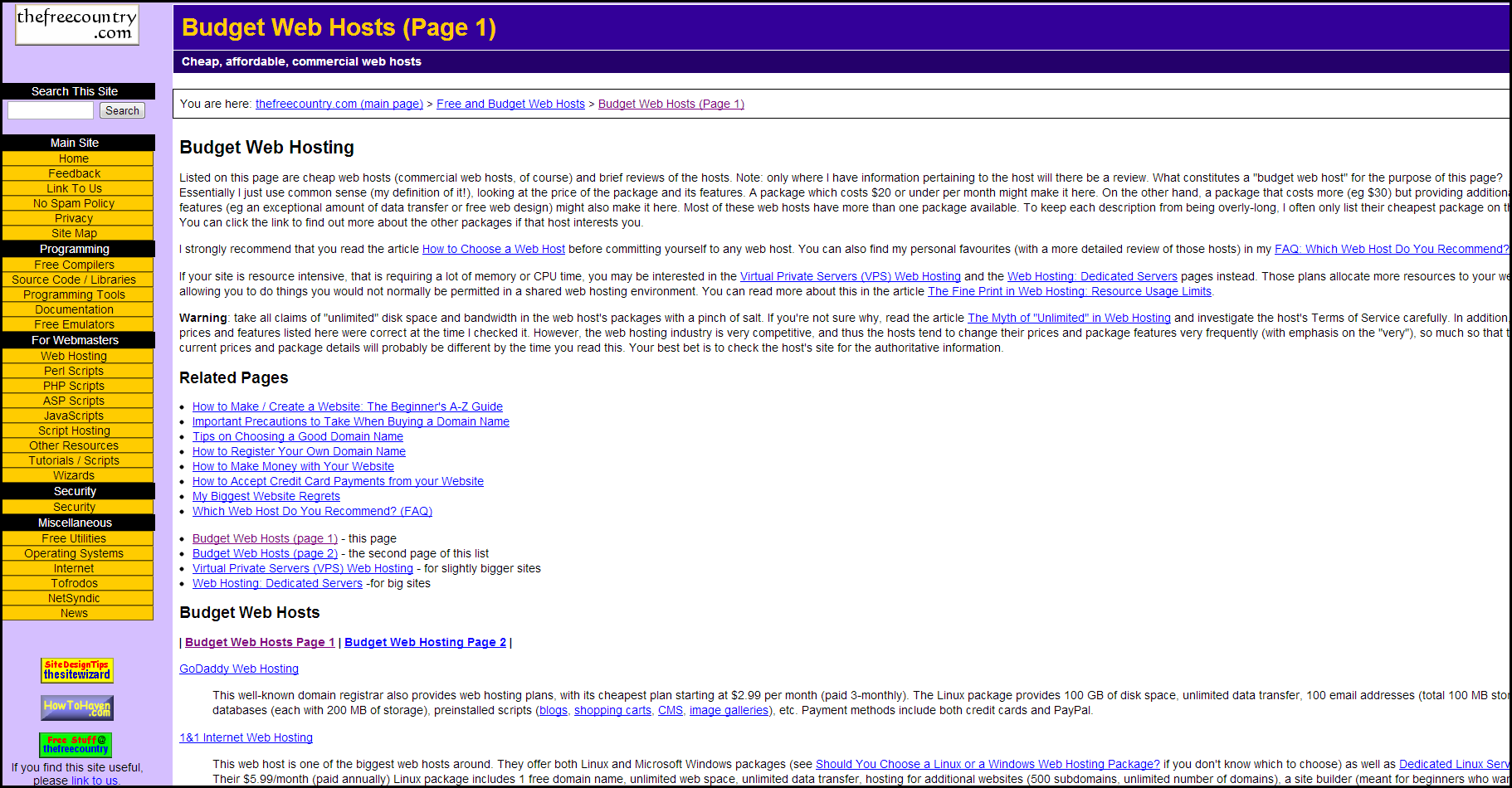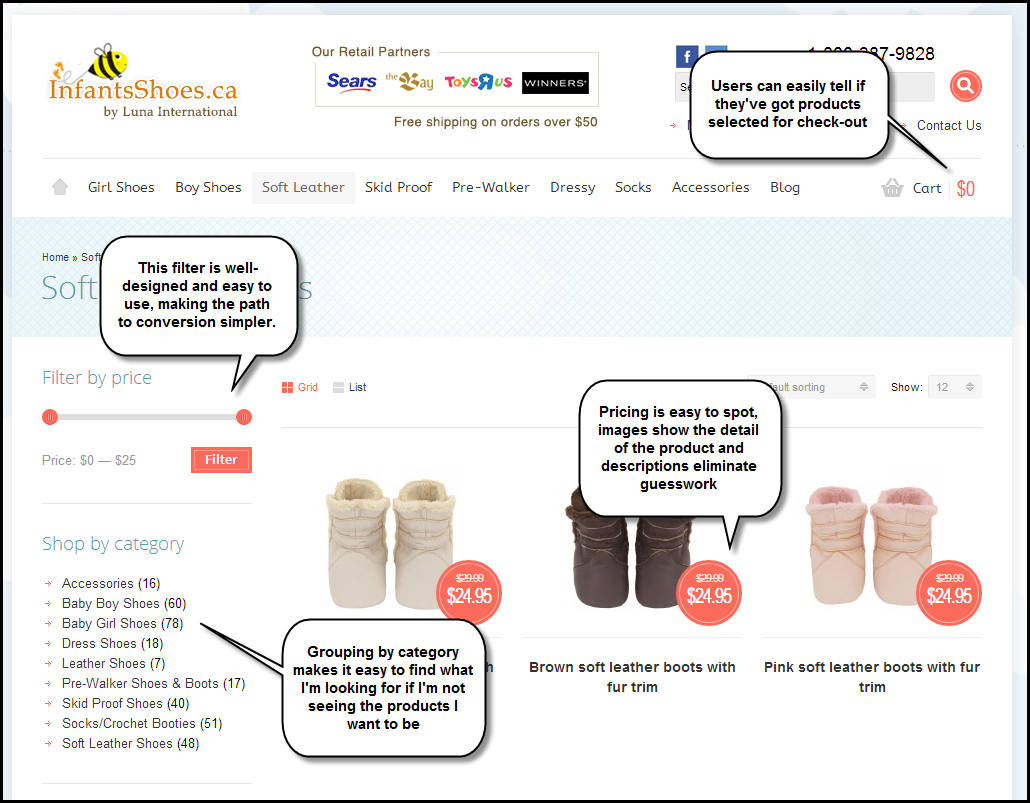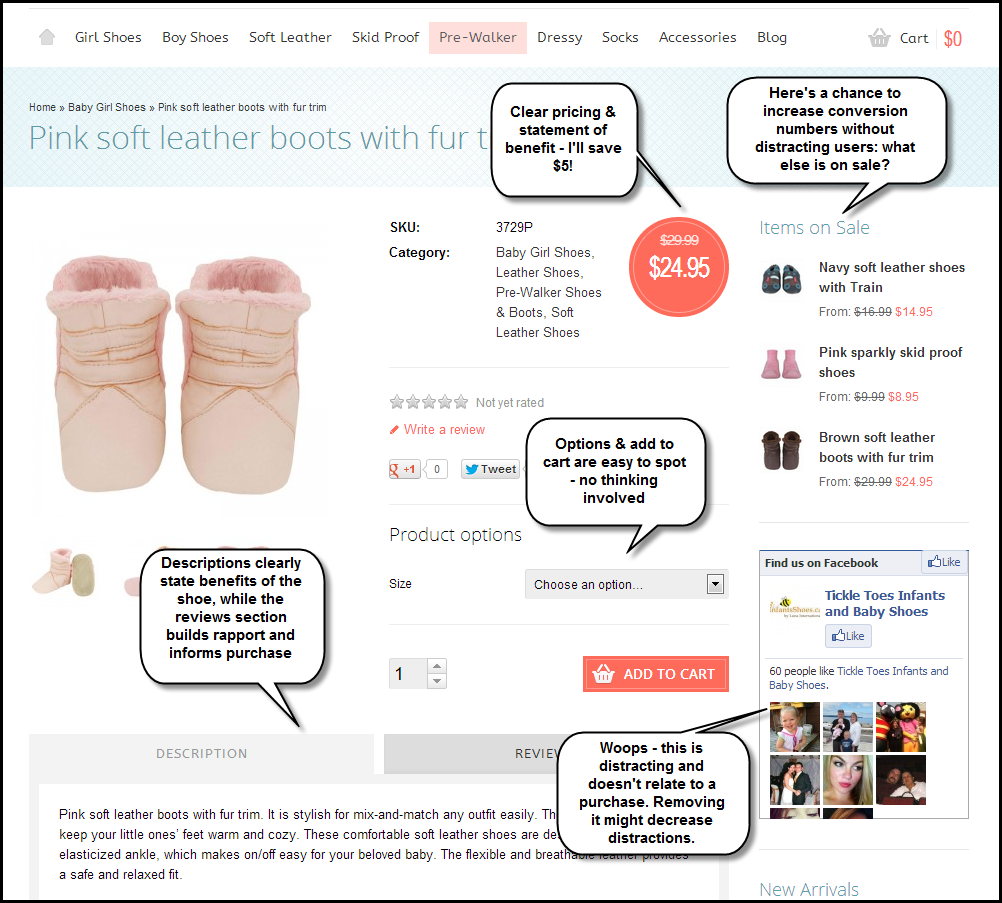
Design, on the other hand, is seen as a creative pursuit. Web designers are great at coming up with exciting ways to display information and telling stories with visuals.
It would seem that SEO and design are at odds.
In fact, some web designers might go so far as to say that SEO is killing their creativity and stifling innovation.But that’s not really fair. In fact, SEO has evolved to a point where creativity is not only valued but essential for success. There’s a bevy of opportunity for SEO and professional web design to not only play nice together, but team up to dominate the competition.
Let’s take a quick look at how design & SEO can work together to drive success:
1. Strong Design Establishes Trust, Poor Design Destroys It
It’s not enough to be found in search results – the real business happens after the click. If you’ve compromised every creative facet of your website in order to rank then you’ve lost sight of what really matters. As noted by the Stanford Web Credibility Project,
“Nearly 50% of all consumers (46.1%) assessed the credibility of sites based in part on the appeal of the overall visual design of a site, including layout, typography, font size and color schemes.”
Why is trust so important?
- Customers don’t buy from websites they don’t trust (no conversions)
- People don’t engage with untrustworthy brands (no community)
- Content is far less likely to be consumed when surrounded by a poor design (fewer links)
Let’s take a look at an industry notorious for bad web design: hosting website reviews. Which of the following two sites looks more trustworthy to you?

OR

Reviewpon, right? They’ve got a branded design, a clean layout and compelling visuals that show they’ve invested time in their web presence. Their design sets them apart within the industry and has become a competitive advantage. As a result, you’re more likely to trust their opinion.
2. Poor Design Will Alienate Customers
It might shock you to learn that 46% of searchers use a mobile device when browsing the web.
If your web design isn’t responsive to mobile, you’re frustrating a huge portion of the market. Poor on-site metrics are a red flag for search engines, but more importantly, a bad user experience will drive users away from your site.
SEO and design can work hand-in-hand here: Google recommends responsive websites or device-specific HTML. A great mobile design will not only woo your customers, but set you apart from your slow-to-adopt competition.
3. SEO Brings Balance to Design
SEO gets its reputation for stifling design because it attempts to bring the creative ideas of designers within the best practices for search engine indexation and ranking – but the relationship needn’t be adversarial.
Collaboratively, SEO’s and designers can work to come up with design solutions that will please Google and users at the same time. Some of the issues SEO can speak into:
- Will the proposed design cause lengthy load times? Slow load times will frustrate users and hurt your rankings.
- Does the proposed design allow for enough content? It’s not about creating boring, web 1.0 sites –perhaps there are creative ways to incorporate relevant textual content in ways that won’t bore users to death.
- Can the proposed navigation be crawled by a search engine? Is the content on the page readable for a search engine? Technologies exist to create both interactive and SEO-friendly content experiences, so there’s a lot of common ground here.
- Does the information architecture line up with the content requirements of the website? Is it organized in a way that makes sense for users and search engines?
4. Great Design Boosts Conversions
Once SEO has brought in targeted traffic, it’s time to channel that traffic into a sale. We’ve all heard the eyebrow-raising tales out there about how changing the color of a button increased conversions by X%. And while that’s likely true, that perspective seriously undermines the true power of design in the conversion funnel.
The impact of design on conversions goes far beyond colors, fonts or shapes of buttons. Design can be used to eliminate distractions, emphasize benefits and improve the shopping experience.
In addition to a strong and trustworthy-looking brand, look at how design elements make shopping at InfantShoes.ca an easy process.


SEO & Design Work Better Together
There’s really no need for conflict – SEO and design can live happily in the same strategy and even complement each other along the way.
The businesses who will win in today’s digital marketing climate will be those who invest in professional web design, carefully integrate SEO and tie it all back to what’s best for the user.